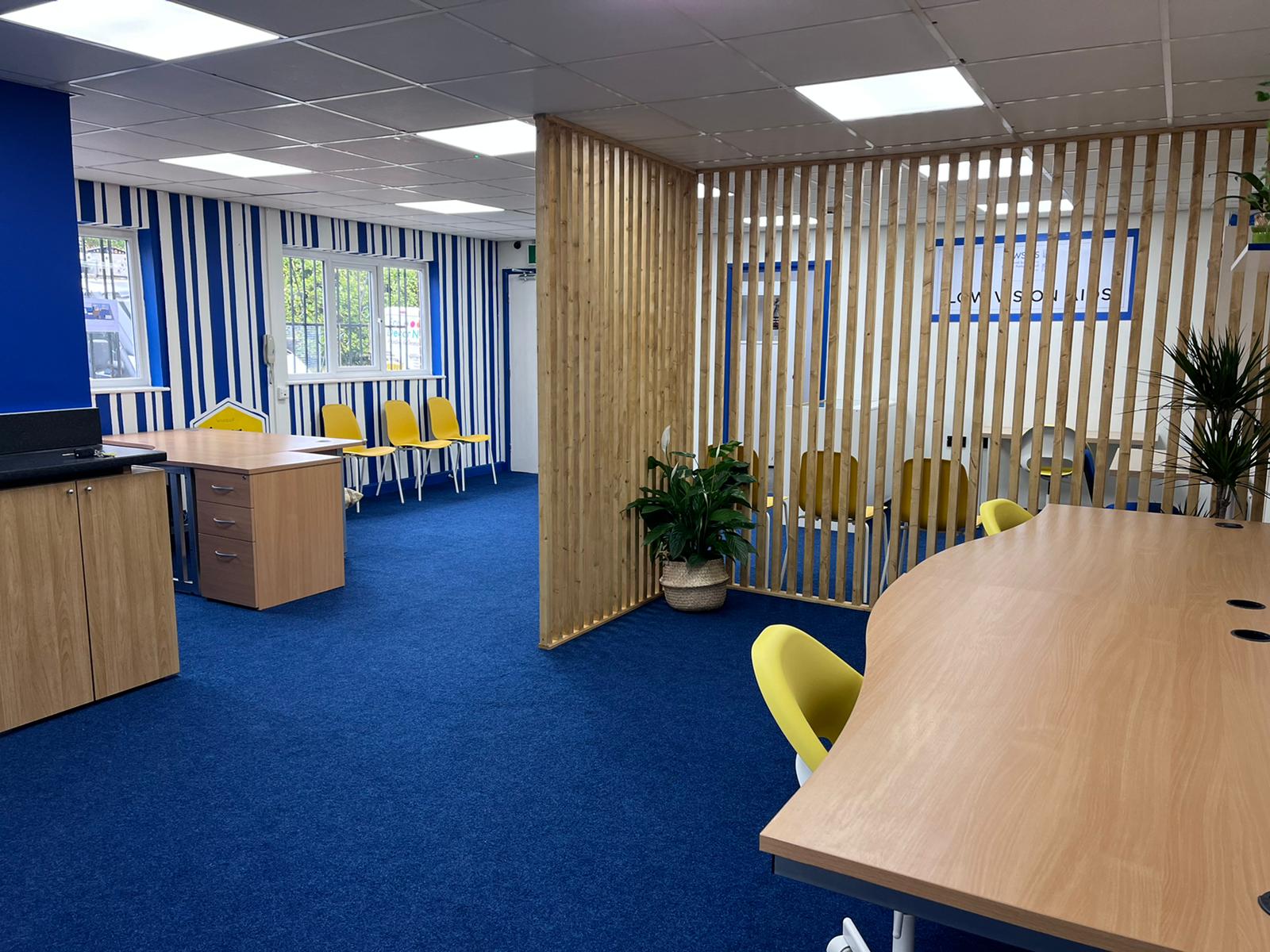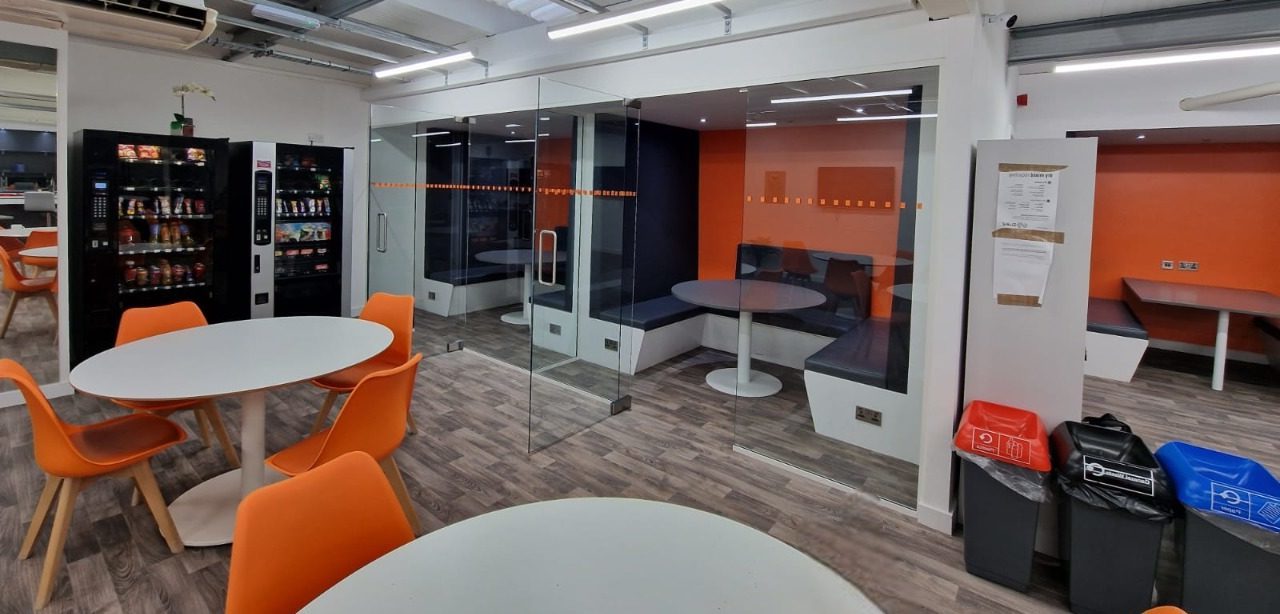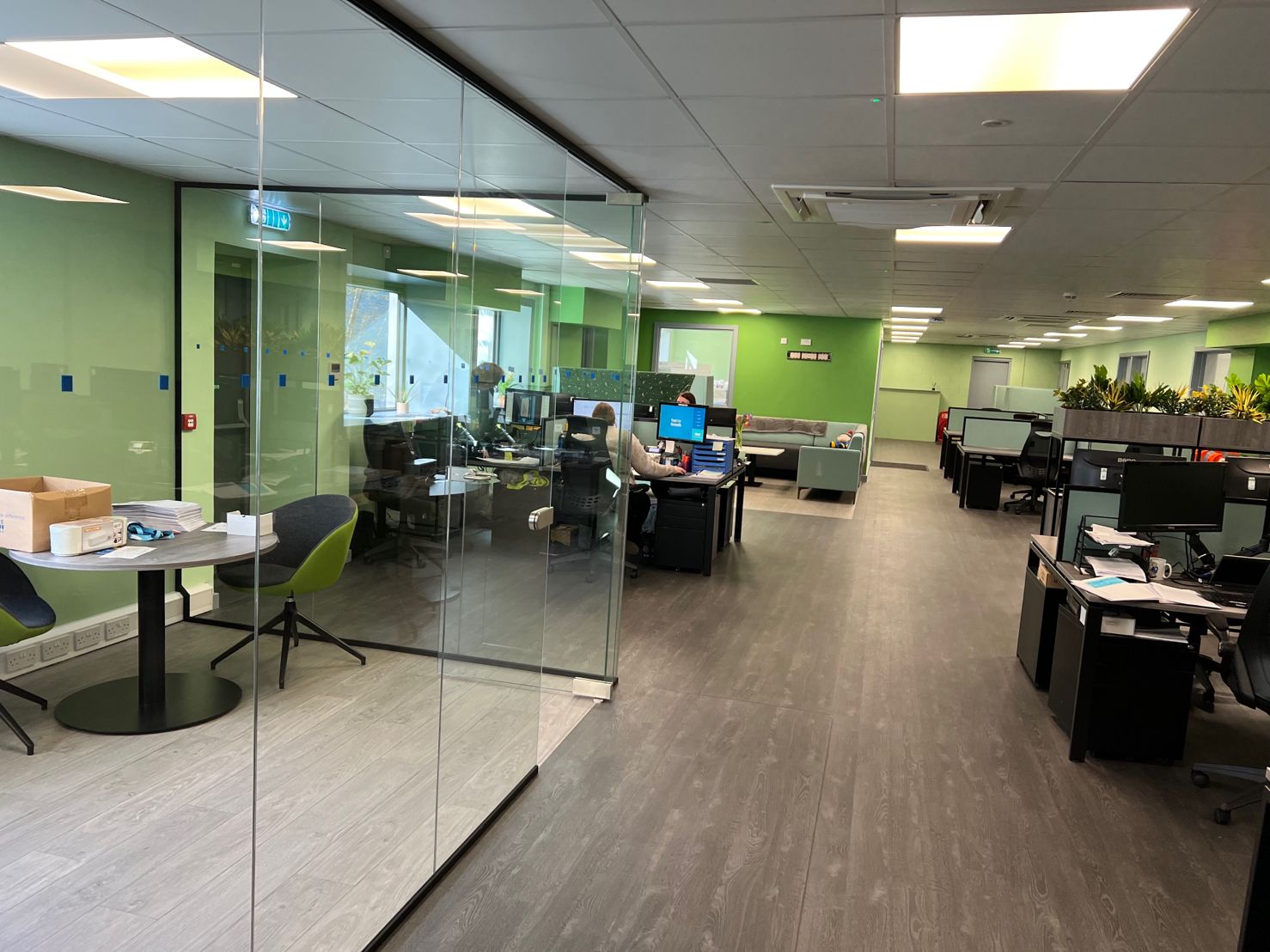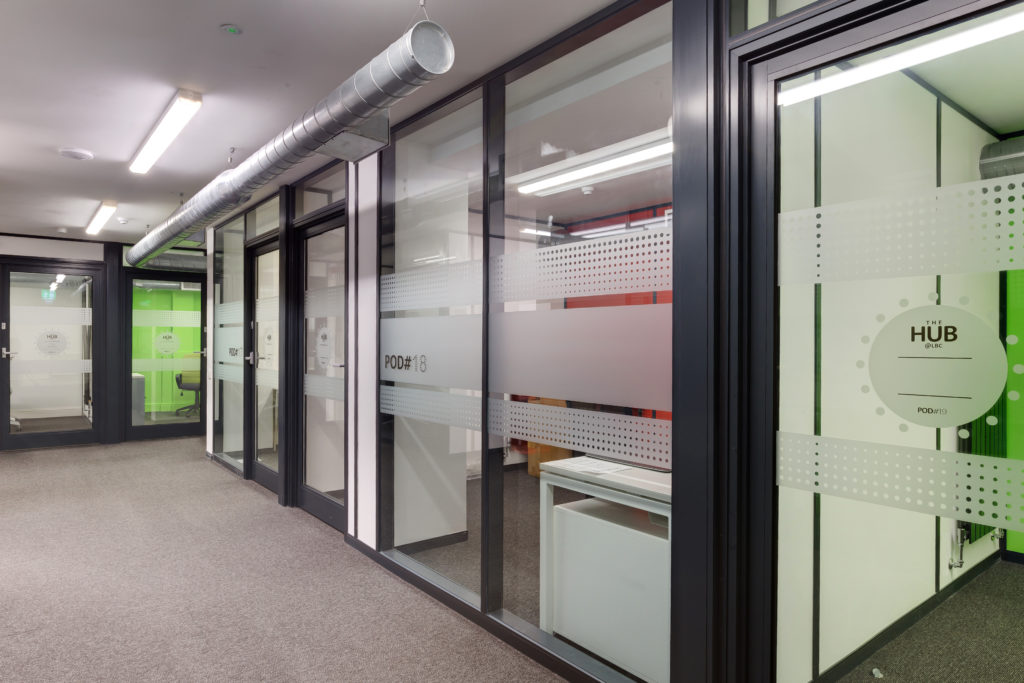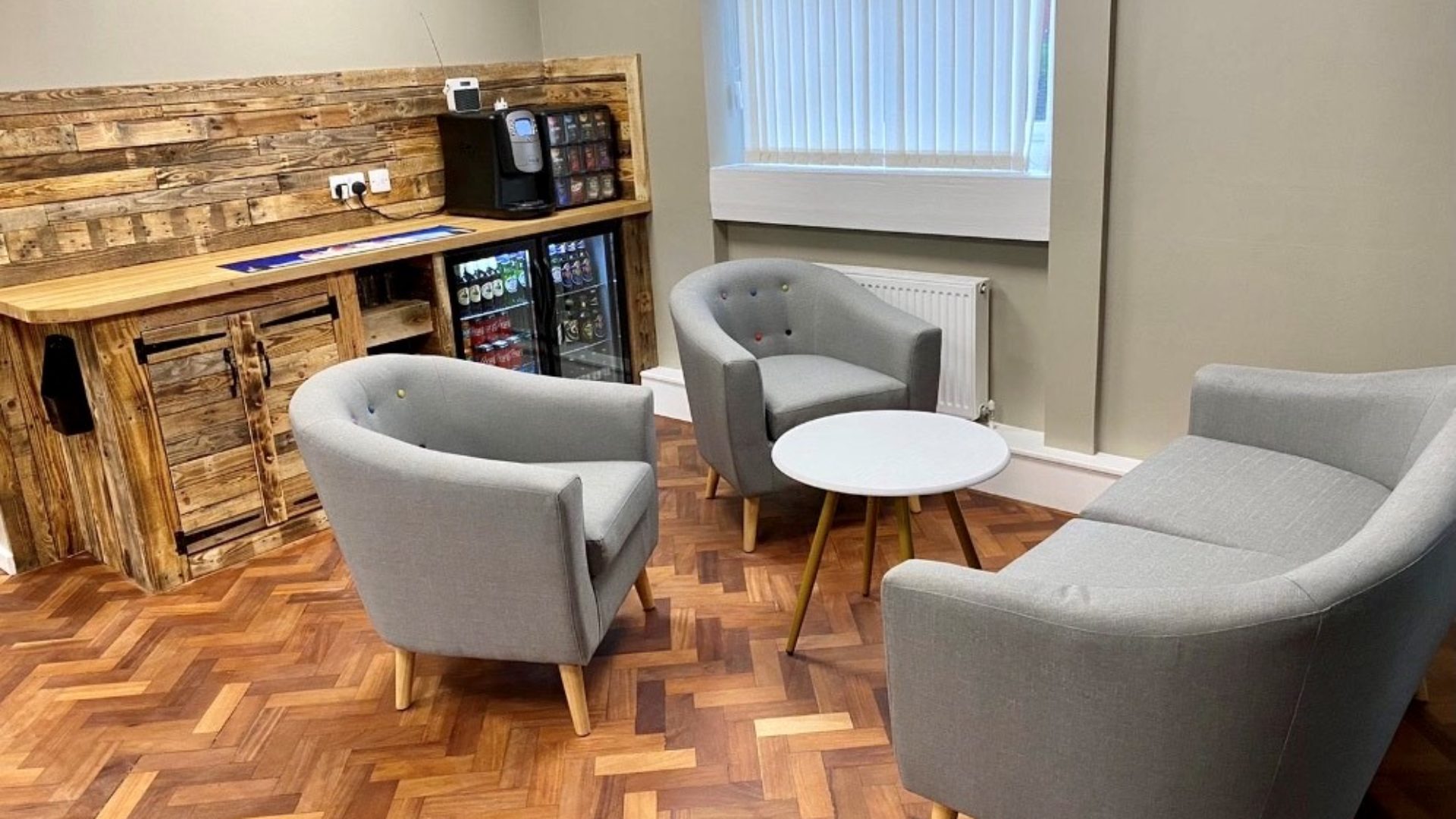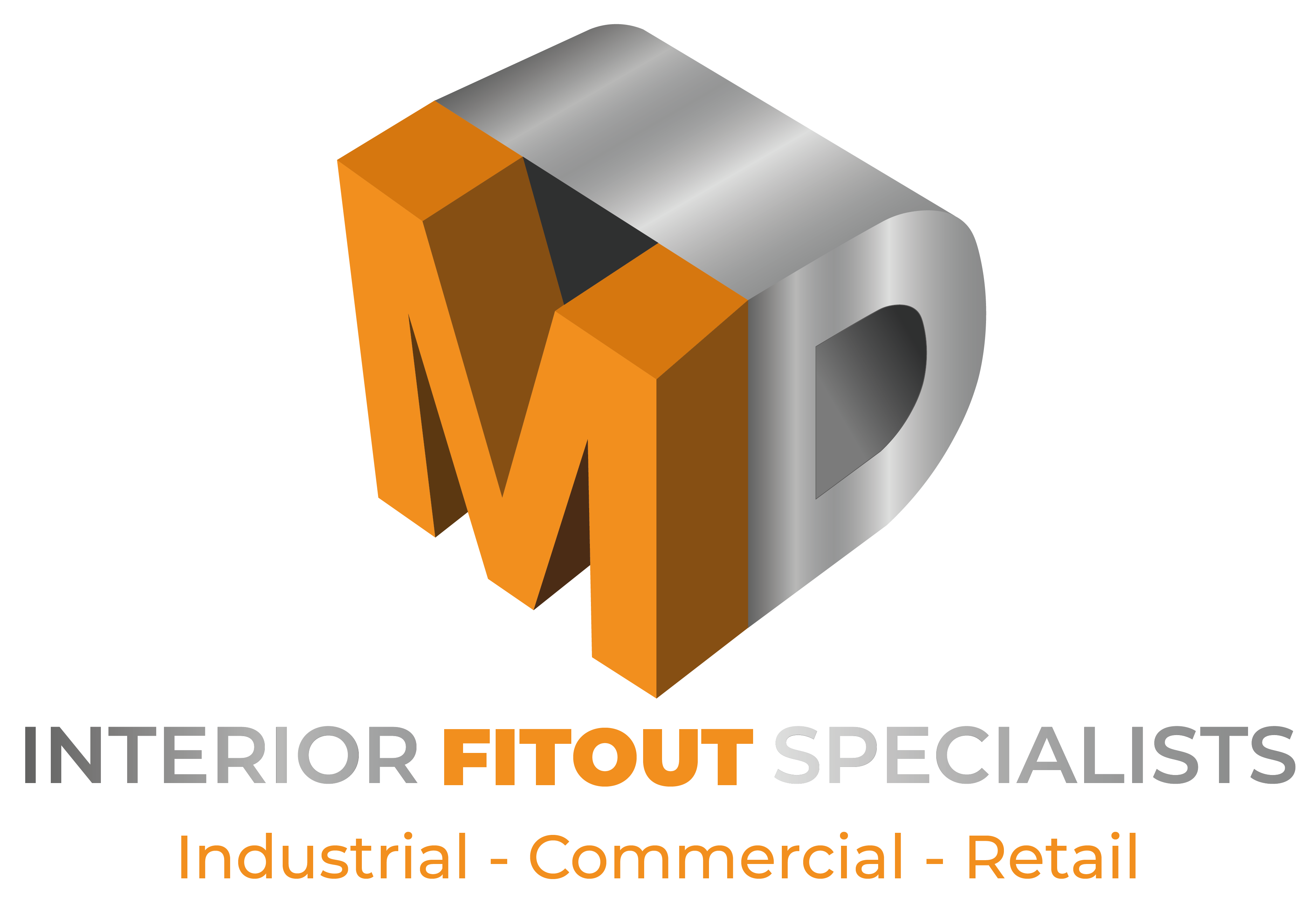Planning an office fitout is an exciting venture, offering the chance to create a workspace that enhances productivity, reflects your company culture, and impresses clients. However, budgeting for an office fitout can be daunting. This comprehensive guide will help you understand the key factors to consider, ensuring you allocate your resources effectively and avoid potential pitfalls.
Here are some tips for creating a productive workspace and to help you make the most of your office space:
Understand Your Needs and Goals
Before you start budgeting for an office fitout, it’s crucial to clearly define your project’s scope. Consider the following questions:
- What is the purpose of the fitout? (e.g., expansion, modernisation, improved functionality)
- How many employees will the space accommodate?
- What specific requirements do you have? (e.g., meeting rooms, breakout areas, IT infrastructure)
Key Budgeting Components
- Design and Planning Design – planning costs typically accounts for 5-10% of the total budget. This phase involves hiring architects and designers to create detailed plans that align with your vision. Additionally, it covers securing necessary permits from local authorities, ensuring compliance with all building regulations and codes.
- Construction and Renovation – costs can range significantly depending on the scope of your project, usually consuming 40-50% of the total budget. This includes demolition, building work, and the installation of essential systems like electrical wiring and plumbing. Structural changes to improve the office layout also fall under this category.
- Furniture and Fixtures – can be around 15-20% of the budget, this includes purchasing ergonomic desks, chairs, storage units, and lighting. The right furniture not only enhances the office’s aesthetic appeal but also supports employee well-being and productivity.
- Technology and IT Infrastructure – costs typically make up approximately 10-15% of the budget. This includes computers, servers, networking equipment, and telecommunication systems. Ensuring your office is equipped with cutting-edge technology enhances efficiency and future-proofs your operations.
- Decoration and Finishing Touches – Decoration and finishing touches account for roughly 5-10% of the budget. This involves painting, wall art, plants, and other decorative elements that enhance the office ambiance and make it a pleasant place to work.
- Contingency Fund – It is wise to allocate about 10% of the total budget to a contingency fund. This reserve covers unexpected expenses that arise during the fitout process. Unforeseen issues such as structural problems or delays can add to the costs, and having a contingency fund helps ensure your project can proceed smoothly.
Key Budgeting Components
- Permits and Compliance – Factor in the costs for obtaining local council permits and ensuring compliance with building regulations. These expenses are essential but often overlooked.Compliance with health and safety standards, fire regulations, and accessibility requirements can incur additional costs, but they are necessary to avoid legal issues and ensure a safe working environment.
- Downtime and Business Disruption – Plan for potential downtime and business disruption if your office needs to close or operate at reduced capacity during the renovation. This can lead to a temporary loss of productivity and revenue. Including these potential losses in your budget helps mitigate financial impact and ensures you are prepared for any operational interruptions.
- Utility Upgrades – Older buildings may require upgrades to electrical systems, plumbing, or HVAC systems, adding to the overall cost. Modernizing these utilities is crucial for efficiency and safety but can be a significant expenditure. Assess the current state of your utilities early in the planning process to incorporate these upgrades into your budget.
- Storage and Moving – Costs Include the cost of storing office equipment and furniture during the fitout, as well as the logistics of moving everything back into the new space. Temporary storage solutions and transportation fees can add up, so it’s important to plan for these expenses to avoid budget overruns.
- Professional Fees – This category includes fees for project managers, legal advisors, and consultants who may be necessary to oversee the project and ensure it runs smoothly.
- Professional services – can provide valuable expertise and help navigate complex aspects of the fitout, but their costs should be clearly accounted for in your budget.
Working with a Trusted Fitout Partner
Choosing the right fitout partner is critical to staying on budget and achieving your desired outcome. MDfitout, a leading office fitout company in the North West of England, has been trading for 10 years and boasts a wealth of individual experience. Our team of experts understands the nuances of office renovations and can provide tailored solutions to meet your specific needs. By working with MDfitout, you’ll benefit from:
Expert Guidance: From initial concept to final completion, our seasoned professionals will guide you through every step of the process.
Transparent Pricing: We offer detailed quotes and clear pricing structures to help you understand where every penny is spent.
High-Quality Results: Our commitment to excellence ensures that your office fitout not only looks great but also functions perfectly.
Conclusion
Budgeting for an office fitout involves careful planning and consideration of numerous factors, from design and construction to furniture and technology. By anticipating potential hidden costs and working with a reputable partner like MDfitout, you can ensure a smooth and successful renovation that meets your needs and stays within budget.
For more information or to discuss your office fitout project, contact MDfitout today. Let us help you create a workspace that inspires and supports your team.
Listen to our most recent podcast episode here: MDfitout Quick Fire Podcast


